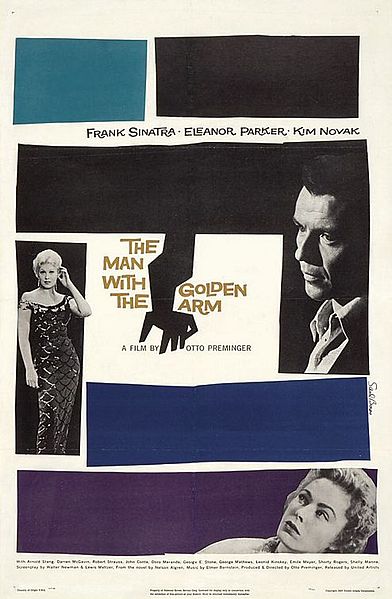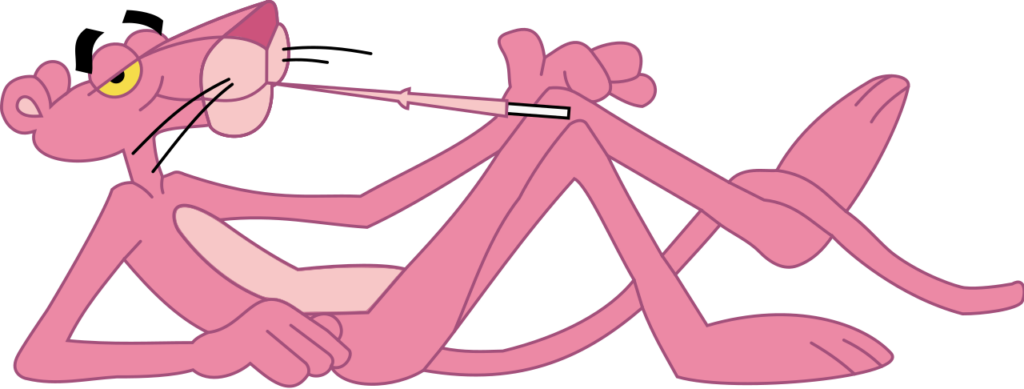All movies aim to grab the viewer right from the start and keep their attention for the next couple of hours, but great title sequences can be the secret weapon to help a filmmaker achieve that goal. Great title sequences help set the scene, give insight into the main character, or set up the emotional tone for the film. The title sequences below are just a handful of the innovative openings great designers have created for films in a variety of genres.
Saul Bass brought his graphic designer’s touch to the opening sequence of Otto Preminger’s “The Man with The Golden Arm” (1955) and helped change title sequences from a simple list of credits to another part of the storytelling. His philosophy was that films should engage the audience from the first frame and “create a climate for the story that was about to unfold.”
https://youtu.be/sS76whmt5Yc
“Catch Me if You Can” (2002) uses a fantastic animated sequence to visually sum up the film’s main character and theme. The bold color block animation by Oliver Kuntzel and Florence Deygas is a loving nod to the work of Saul Bass, who designed sequences for Alfred Hitchcock, Billy Wilder, Stanley Kubrick, and Martin Scorsese, among others.
The beautifully choreographed opening to “Raging Bull” (1980) features the lone figure of Jake LaMotta (Robert DeNiro) warming up in the ring as flashbulbs pierce the haze of cigar smoke. The viewer has a ringside view and the ropes of the boxing ring give us the sense that LaMotta is a caged animal and we are lucky to be on the opposite side of the ropes from him. Title designer Dan Perri came up with the idea of mashing the two words of the film’s title together on screen to emphasize LaMotta’s driven, angry character.
Iginio Larandi designed the title sequence for “The Good, The Bad, and the Ugly” (1966), using stills from the film, a Western-style font, high contrast colors, and an animated horse and rider galloping along to Ennio Morricone’s theme that conjures up the sounds of the Wild West.
Disney’s 1991 “Beauty and the Beast” uses a cleverly animated series of stained glass windows and a traditional narrator to explain the curse and open the storybook world of magic, curses, and princes who need to find the meaning of love.
Hawley Pratt’s opening to Blake Edwards’ “Pink Panther” (1964) was so popular, the cartoon panther was used in theatrical shorts, comic books, and a cartoon series. Henry Mancini’s theme song became instantly tied to the Pink Panther character.
And of course, no discussion of title sequences would be complete without mentioning the iconic James Bond openings. From Maurice Binder and Trevor Bond’s sequence for “Dr. No” (1962) to “Spectre” (2015), the franchise has always combined striking graphics, visual effects, and music that set the tone for the film and immediately engages the audience.
Want to know more about graphic design? Check out NYFA’s article Five Famous Graphic Designers Who Changed the Industry Forever. To learn more about filmmaking, visit New York Film Academy’s Filmmaking School.

